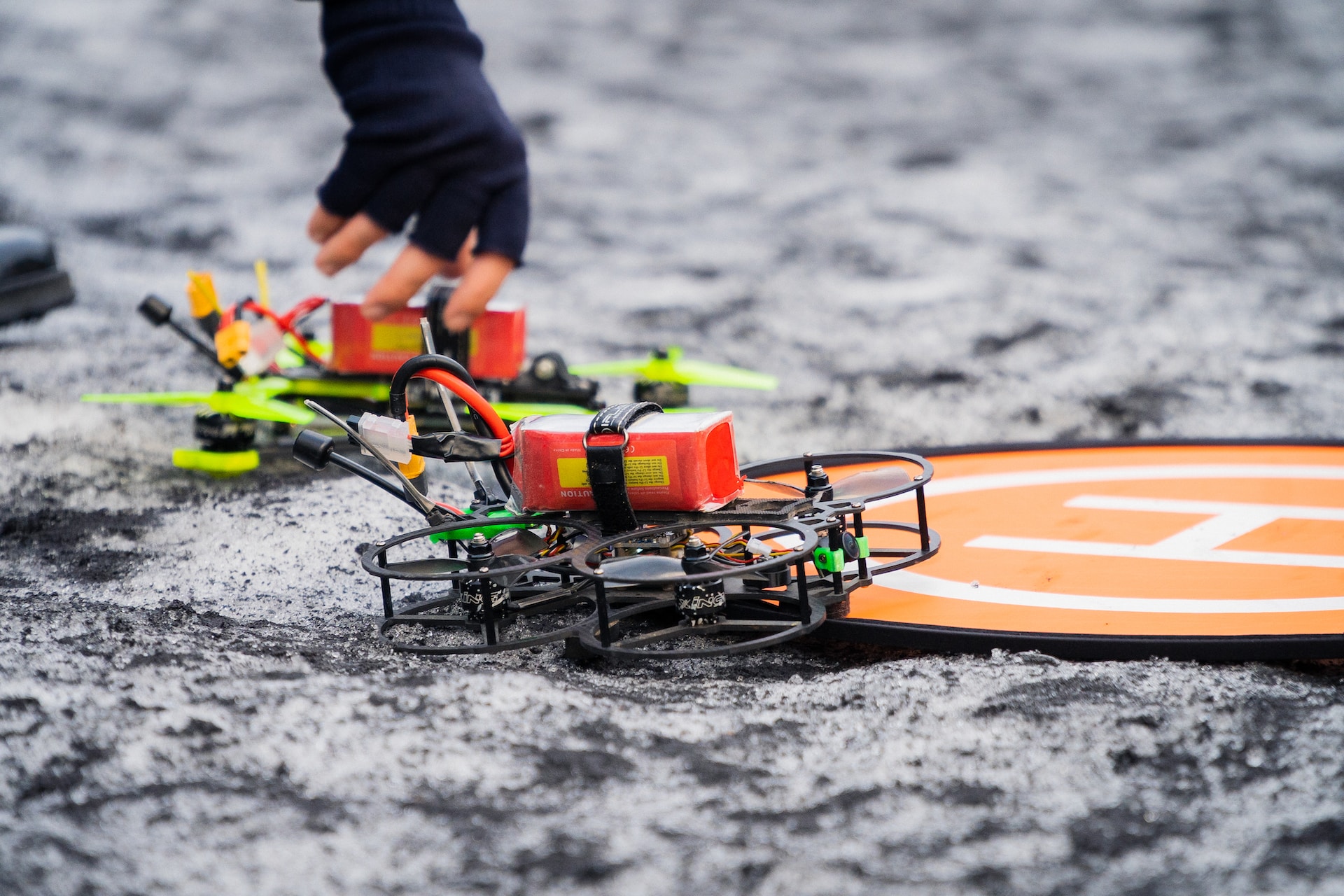
Drone Racing 101: A Beginner’s Guide to the Thrilling World of FPV Racing. If you’ve ever dreamed of flying at breakneck speeds, performing jaw-dropping maneuvers, and experiencing the adrenaline rush of a high-stakes race, then FPV (First-Person View) drone racing might be just the sport for you. In this beginner’s guide, discover the thrilling world of FPV racing, breaking down everything you need to know to start your drone racing journey.
What Is FPV Racing?
The sport has gained worldwide popularity in recent years. It involves racing small, agile drones through obstacle-filled courses at high speeds while wearing FPV goggles that provide a real-time, immersive view from the drone’s perspective. This sport offers an adrenaline rush, combining elements of piloting skill, strategy, and sheer speed.
Getting Started: Essential Equipment
Before you can hit the track, you’ll need to assemble your gear. Here’s a breakdown of the essential equipment you’ll need to get started in the thrilling world of FPV racing.
Racing Drone
The heart of FPV racing is the drone itself. These specialized drones are built for speed, agility, and durability. While you can buy ready-to-fly (RTF) racing drones, many enthusiasts prefer to develop their custom rigs. Building your drone allows for customization and a deeper understanding of the technology.
FPV Goggles
FPV goggles are your window into the world of drone racing. They provide a live video feed from your drone’s camera, allowing you to pilot your craft as if inside it. Invest in a high-quality pair for the best experience.
Remote Controller
An excellent remote controller is essential for precise control of your racing drone. Look for a controller with a comfortable grip and customizable settings to suit your preferences.
Batteries and Chargers
Racing drones consume a lot of power, so you’ll need multiple LiPo (Lithium Polymer) batteries and a reliable charger. Be sure to follow safety guidelines when handling LiPo batteries.
Tools and Spare Parts
Building and maintaining your racing drone requires various tools and spare parts. These include soldering equipment, screwdrivers, propellers, and additional components such as motors and Electronic Speed Controllers (ESC).
Racing Track and Gates
If you plan to practice independently, set up a racing track with gates and obstacles to simulate a real-world environment. Many enthusiasts also join local racing clubs or leagues, which often have established racecourses.
Learning to Fly
Once your equipment is ready, learning how to fly like a pro takes time. Here are some tips to get you started.
Simulator Training
Consider using a drone racing simulator before taking your drone out into the real world. These programs offer a risk-free way to practice your piloting skills and learn the basics of drone racing.
Start Slowly
Don’t rush into high-speed racing right away. Begin with slow, controlled flights to get a feel for your drone’s responsiveness and handling. The last thing you want is to break or lose your drone initially.
Master Basic Maneuvers
Practice basic maneuvers, such as hovering, flying in figure-eight patterns, and navigating through gates. These fundamental skills will form the foundation of your racing abilities.
Join a Racing Community
Joining a local racing community or club is a great way to learn from experienced pilots, share knowledge, and gain valuable insights into the sport.
Set Realistic Goals
As a beginner, set achievable goals for yourself. Gradually work your way up to more challenging courses and faster speeds as you become more confident in your abilities.
Racing Etiquette and Safety
Safety should always be a top priority in FPV racing. Here are some essential guidelines and etiquette to follow:
- Respect Local Regulations: Always comply with local laws and regulations regarding drone operation. This includes height restrictions, no-fly zones, and considerations for privacy.
- Fly in Designated Areas: Choose designated flying locations and race tracks whenever possible. These areas are typically safer and more accommodating for racing.
- Communicate with Others: If you’re racing with others, communicate clearly and coordinate your flights to avoid collisions. FPV goggles can be isolating, so maintaining good communication is crucial.
- Safety Gear: Wear goggles, gloves, and even a helmet to protect yourself while racing. Accidents can happen, and minimizing the risk of injury is essential.
Finding the Perfect Flying Location
Finding the ideal flying location can be challenging when you’re new to the thrilling world of FPV racing. You’ll want a place that provides ample space and ensures the safety of yourself and others. Many racers prefer open fields, parks, or even abandoned industrial sites. However, if you’re in a densely populated area or don’t have the correct flying location nearby, consider exploring other options.
One option is to reach out to local businesses or services with suitable spaces available for FPV racing enthusiasts. For instance, you could contact local moving companies, such as getmovedtoday.com, and inquire if they have any large, empty warehouses or facilities they use for their operations. These spacious indoor environments can provide an excellent setting for racing, free from the hassle of outdoor weather conditions.
It’s also good to remember that partnering with a moving company could be mutually beneficial. They may allow you to use their facility in exchange for exposure, or they might even be interested in sponsoring local FPV racing events. This kind of collaboration can be a win-win situation for both parties, as it benefits the community and promotes local businesses.
Building Your Skills
As you gain experience in the thrilling world of FPV racing, you’ll want to improve your skills continually. Here are some ways to do just that:
- Experiment with Different Drones: Try flying various types of racing drones to understand their unique characteristics and find the one that best suits your style.
- Learn from the Pros: Watch FPV racing videos and follow professional racers on social media to gain insights into advanced techniques and strategies.
- Practice Regularly: Consistent practice is the key to becoming a skilled racer. Dedicate time to honing your skills and improving your lap times.
- Attend Races: Participating in local races or even larger competitions is an excellent way to challenge yourself and meet fellow racers. It’s also a chance to showcase your skills and learn from others.
Enter the Thrilling World of FPV Racing
The thrilling world of FPV racing offers an exciting and immersive experience for drone enthusiasts and adrenaline junkies alike. You can dive headfirst into this exhilarating sport with the right equipment, practice, and safety precautions. Remember to start slowly, learn from others, and, most importantly, have fun as you embark on your journey into drone racing.
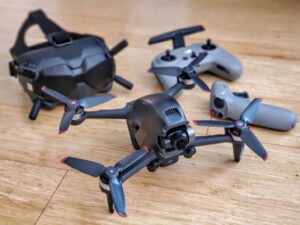
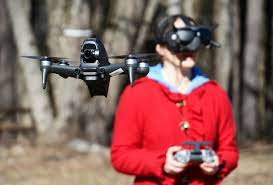
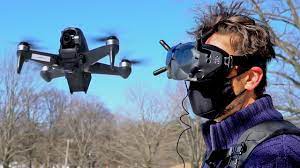

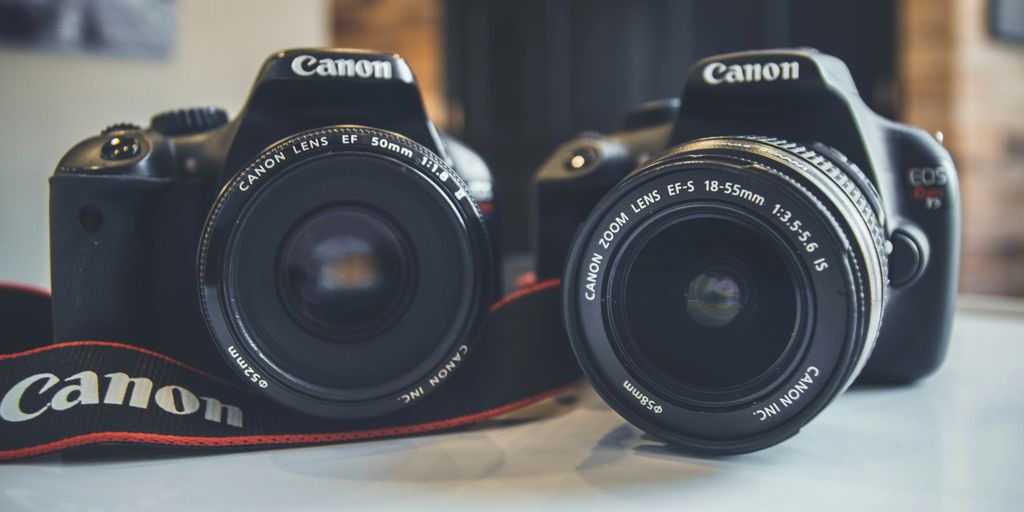
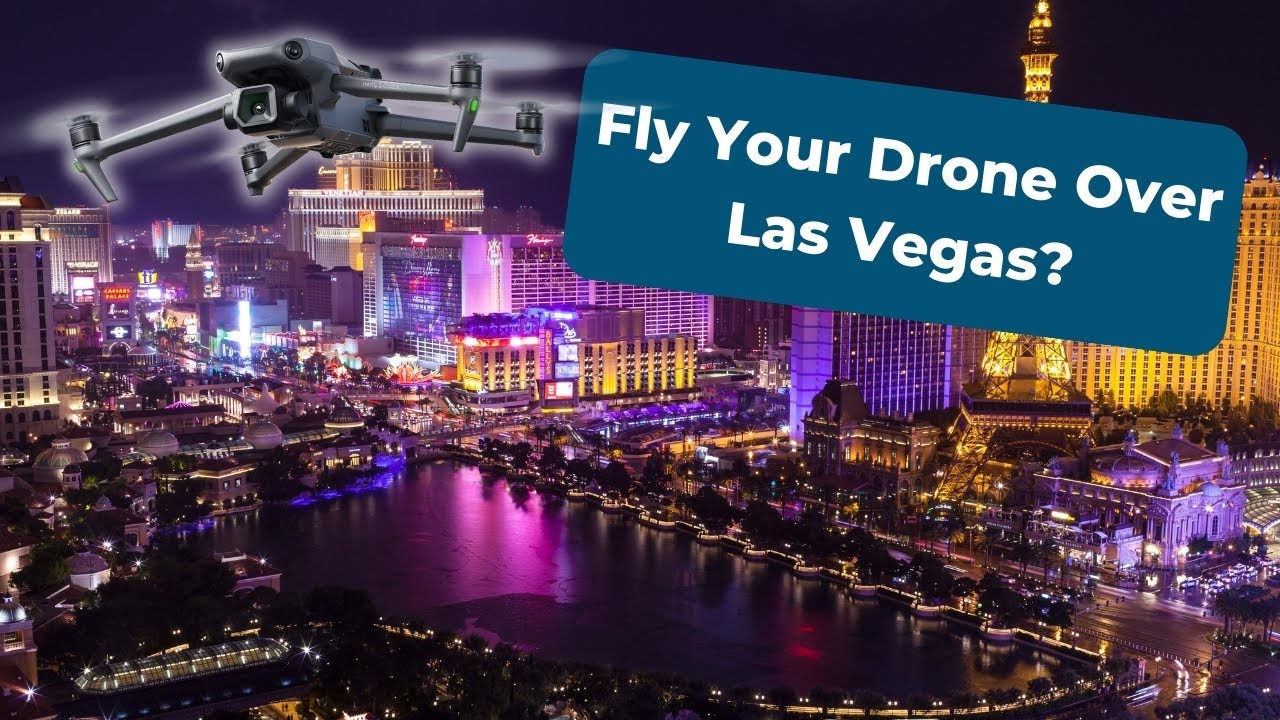
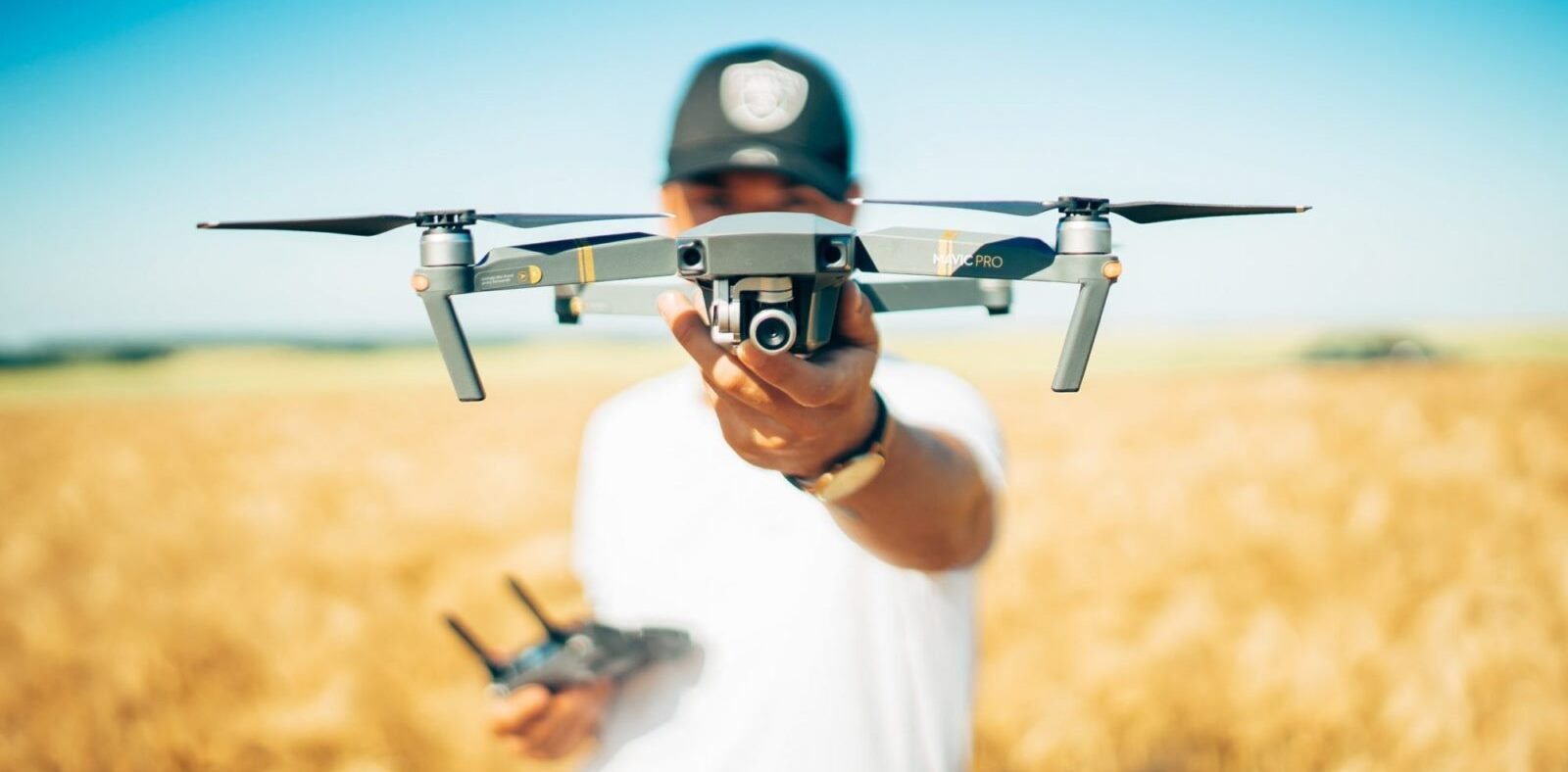

Leave a Reply